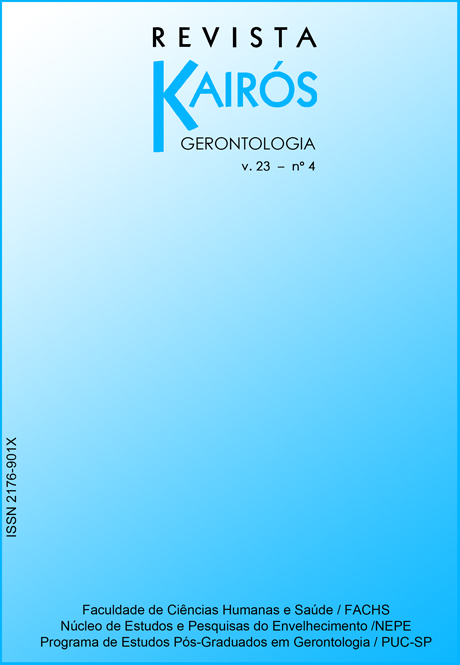Multifactorial aspects of mobility and urban mobility of the elderly in the city of São Paulo
DOI:
https://doi.org/10.23925/2176-901X.2020v23i4p45-64Keywords:
Mobility, Age, Traffic accident, Falls on public roads.Abstract
Freedom of movement is an essential human right that enables people to exercise social interaction and citizenship. Ensuring accessibility is still a challenge, specifically in urban areas and for people with reduced mobility. The purpose of the study was to evaluate the mobility of the elderly as pedestrians, motorcyclists, drivers, cyclists and public transport users. 100 elderly people were assessed using a questionnaire with questions related to mobility and urban mobility such as drivers, pedestrians, motorcyclists, cyclists and public transport users. Public transportation, followed by cars, is the most widely used means of transport. The ease and quality of these means of transport are mentioned as the main reasons for this. A small portion of the elderly presented motor, visual and cognitive difficulties. Most elderly do not recognize the changes resulting from aging in relation to motor, visual and cognitive abilities such as drivers, cyclists, motorcyclists, public transport users and pedestrians. However, they have perceptions, especially of the external environment, related to urban mobility, which cause them difficulties, these mobility changes make them change their behavior such as walking and driving slower, avoiding


